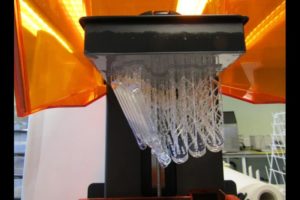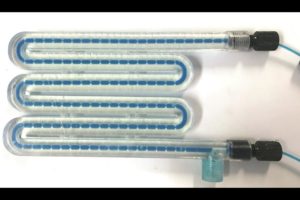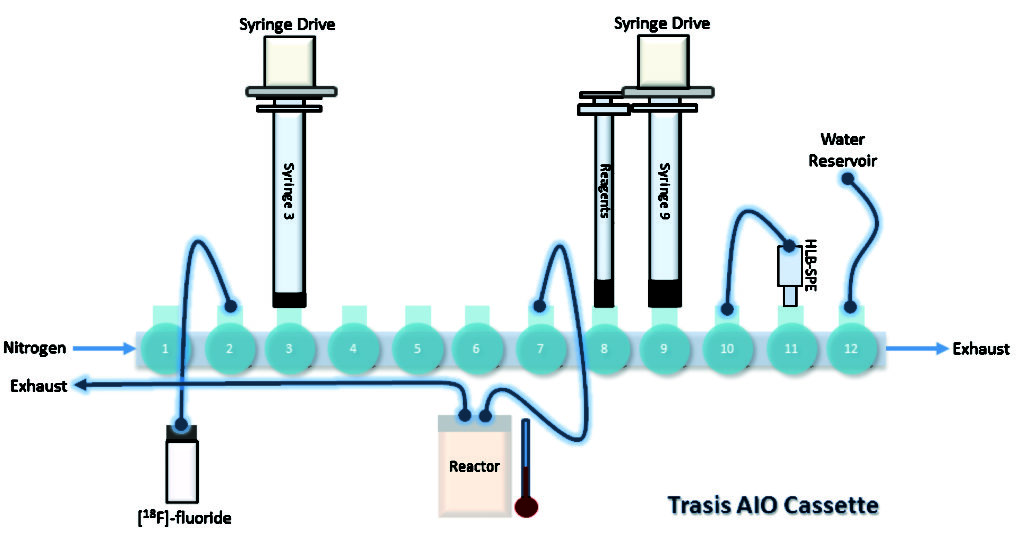Following the success of Peer Review Week in September 2016 (dedicated to reviewer recognition) during which we published a list of our top reviewers, we are delighted to announce that we will continue to recognise the contribution that our reviewers make to the journal by announcing our Outstanding Reviewers each year.
We would like to highlight the Outstanding Reviewers for Reaction Chemistry & Engineering in 2016, as selected by the editorial team, for their significant contribution to the journal. The reviewers have been chosen based on the number, timeliness and quality of the reports completed over the last 12 months.
We would like to say a big thank you to those individuals listed here as well as to all of the reviewers that have supported the journal. Each Outstanding Reviewer will receive a certificate to give recognition for their significant contribution.
| Dr Duncan Browne, Cardiff University |
|
| Dr Antimo Gioiello, Universita degli Studi di Perugia |
|
| Professor Christian Goldsmith, Auburn University |
|
| Dr Ryan Hartman, New York University |
|
| Professor Christian Oliver Kappe, Universitat Graz |
|
|
|
| Dr Antonio Perazzo, Università di Napoli Federico II |
|
| Professor Bert Weckhuysen, Universiteit Utrecht |
|
| Dr Charlotte Wiles, Chemtrix |
|
| Dr Jun Yue, University of Groningen |
|
We would also like to thank the Reaction Chemistry & Engineering board and the reaction engineering community for their continued support of the journal, as authors, reviewers and readers.
If you would like to become a reviewer for our journal, just email us with details of your research interests and an up-to-date CV or résumé. You can find more details in our author and reviewer resource centre.













